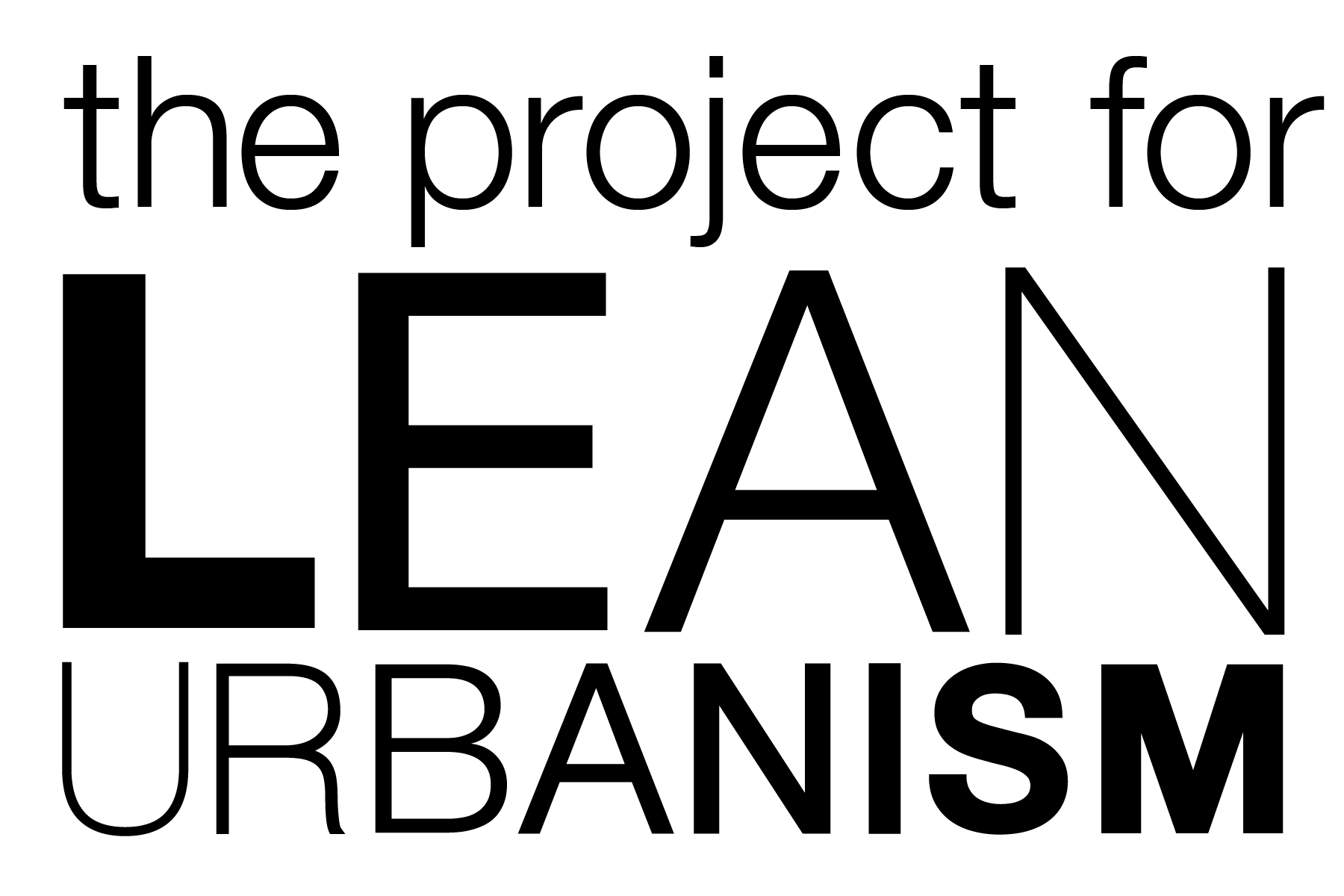Research
All | Position Papers | Case Studies
The Camp Meeting Movement as a Lean Archetype
The Camp Meeting ground is a land-use form particularly American, evolved to create community, integrating architecture, nature, and urban design using innate rules of human behavior. Camp Meeting grounds are the source for uses as diverse as resort villages, bungalow courts, trailer parks, condominiums, home owner’s associations, land trusts, even some town centers. They are also about self-building, occasional prefabrication, and compact, human-scaled structures. The ideas and social experiments, construction know-how and urban layouts have influenced the country for hundreds of years. The lessons still hold.
Leaning Toward Live-Work Units
Strong economic, demographic and household trends reveal a tremendous pent-up demand to use homes for employment, pressuring the marketplace to accommodate all types of live-work units. Yet for the past half-century, live-work units have essentially been made illegal or discouraged in most places. Changes to zoning and building codes, as well as management and permitting procedures, are required to allow the full spectrum of live-work options to be restored.
Lean Interpretations from Philippine Vernacular Architecture
The U.S. housing market has seen significant transformation in the last few years. The recent mortgage crisis and the ensuing aversion to sprawl; issues of climate change, energy and affordability; and a renewed appreciation for context and community have ushered a return of smaller, more efficient dwellings. An examination of vernacular housing models, particularly those from locales where pragmatic building practices are still common — such as in the Philippines — may offer useful techniques for developing Lean housing types.
The CNU Charter – Through a Lean Lens
The 27 principles of the Charter of the New Urbanism were formulated by a broad cross-section of thinkers, practitioners and officials who recognized some of the shortcomings of post-WWII development, planning and design on the continuity and coherence of American cities. The Charter reflects a durable and broadly agreed upon standard of regional and urban livability, sustainability and civility.
Lean Development Codes – Pink, Pocket, and Smart
Lean Codes have compact formats, bare-bones standards, and lighter (pink) red tape, in contrast to the excessive controls, redundancies, contradictions, delays, and unintended consequences created by conventional codes (and some form-based codes, for that matter). Lean Development Codes are Transect-based, as it is Lean to connect disciplines and support local contexts.
Lean Charrettes
Over the past decade, even as there has been a growing fascination with the benefits of charrettes as a tool for planning and public engagement, there has been a constant complaint that charrettes are too expensive. This complaint has become more common and more urgent in recent years, with shrinking budgets and tightening competition among firms for a smaller pool of available work. Lean Urbanism has introduced a new set of concerns about the costs of the process. It is particularly difficult to fit a charrette into the budget of a project when the goal is to “make small possible.” But Lean Urbanism isn’t just about streamlining the planning process. In the simplest terms, it is about reducing the time and resources invested in planning and dedicating them instead to getting things done, in more manageable increments, with less top-down intervention or public investment, creating more opportunities for individual action, with smaller increments of investment.
Lean Infrastructure – Better Than Gold-Plating
Lean Infrastructure is Transect-based engineering and landscape works that support Lean Urbanism projects through incremental improvements that can be quickly and economically implemented by subsidiary players without the need for massive equipment, capital or protocols. It is infrastructure designed to fit the needs of a particular level of urbanization (a block or so), but can be frugally upgraded or downgraded to the adjacent level, or adapted to changing conditions.
Basic Lean in Gabon, Africa
What can urbanists learn from West-Central Africa? That Lean describes a way of life for many residents, merchants, and builders who encounter a thick layer of buronic bureaucracy on the one hand, and a lifestyle often stripped down to basic necessities. Working around both extremes builds Lean muscle.
Create A Financial Model
New developers should create their own financial models. Only by doing so will they truly understand the variables and how each affects financial performance. This paper attempts to walk new developers through a financial model that includes development budget, annual return, and capital return. It is simple enough to create but sophisticated enough to present to investors and lenders. It represents one small residential rental building — not condo, and not office or retail.
Lean Urbanism and the Right to the City
The potential for a natural partnership between Lean Urbanism and social-justice groups is self-evident and should be explored. A growing movement of social-justice organizations across the world are coalescing behind the concept of “the right to the city” as a means to garner support for a wide range of social issues that can be characterized by a belief that everyone has a right to design and shape their community. These groups have the energy and determination to alter the status quo of financial and regulatory structures that prevent people who lack access to resources and capital, such as millennials and immigrants, from becoming active in small-scale development. But these groups often also lack the technical knowledge to achieve such goals. Lean Urbanism can provide tools and know-how that these groups need.
